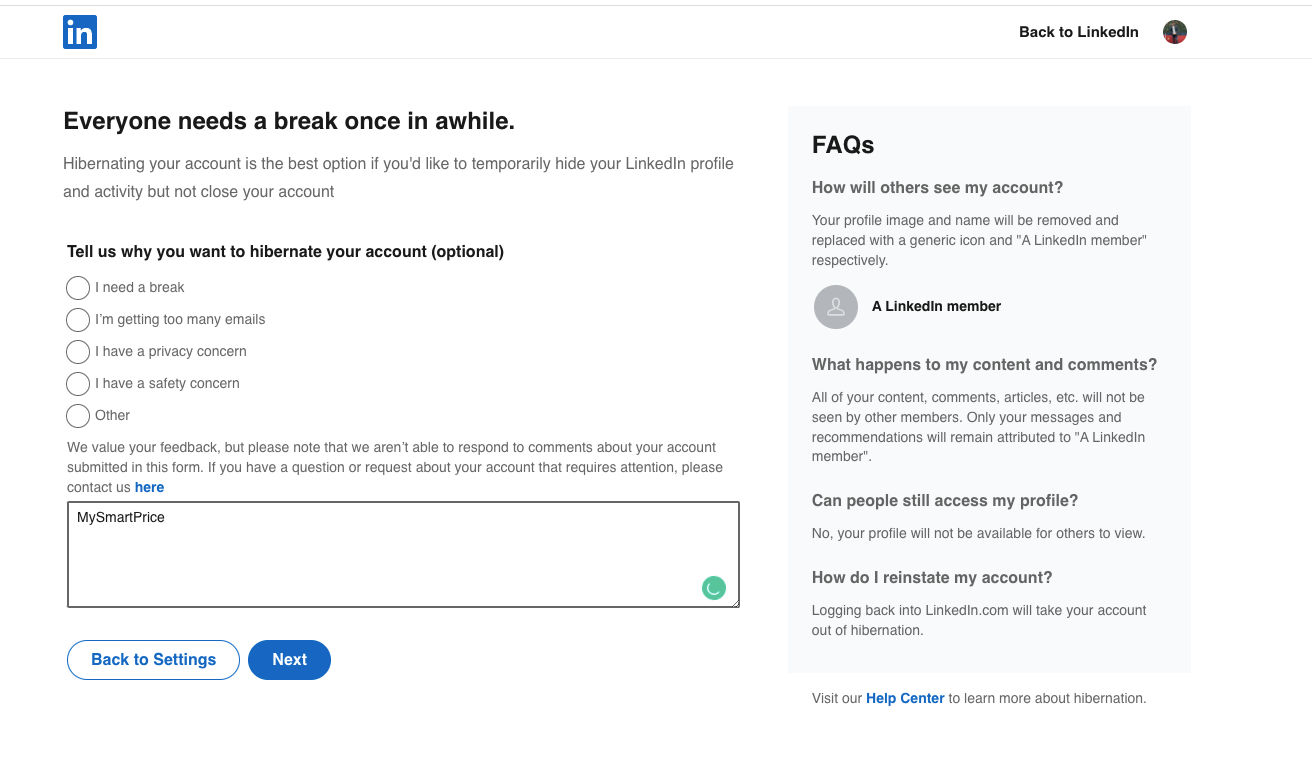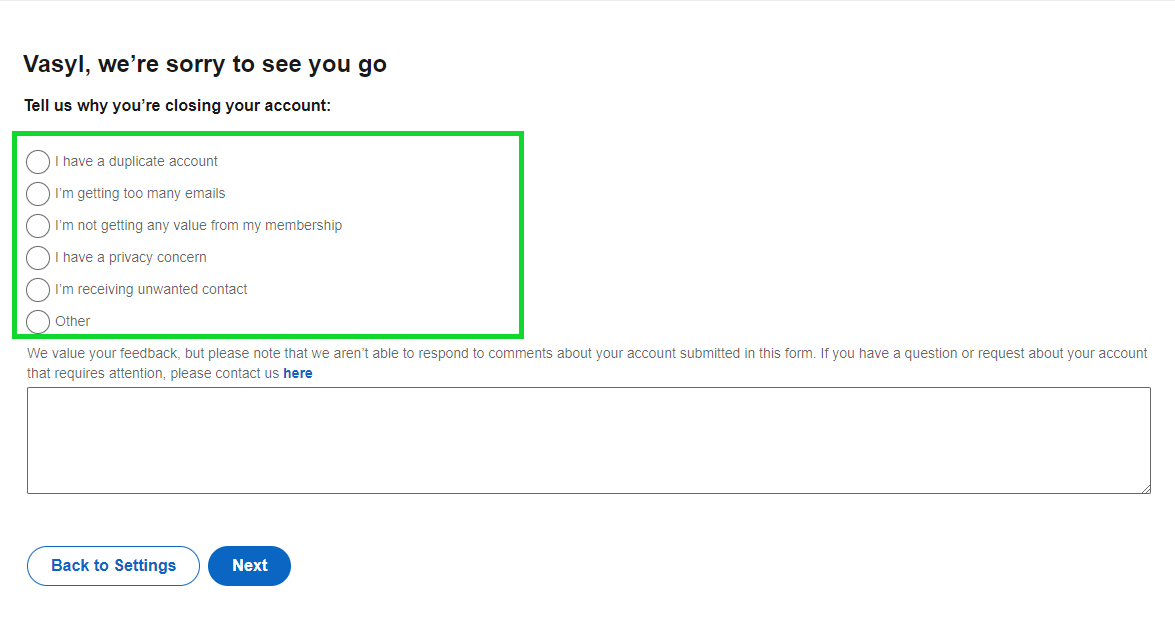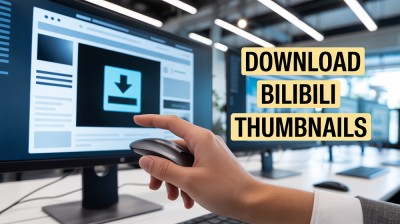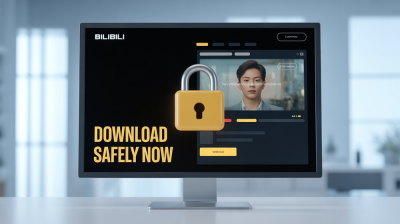Thinking about deleting your LinkedIn account? You’re not alone! Many users find themselves questioning the value of their profiles. Whether you’re stepping away from professional networking or simply seeking a digital detox, this guide will walk you through the why and how of deleting your LinkedIn account. Let’s dive in!
Reasons to Delete Your LinkedIn Account

There are plenty of valid reasons why someone might choose to delete their LinkedIn account. Let’s explore some of the most common ones:
- Privacy Concerns: In an age where data breaches are common, many users feel uneasy about the amount of personal information shared on platforms like LinkedIn. If you’re worried about your data security, it might be time to consider deleting your account.
- Less Networking Value: If you’ve found that LinkedIn isn’t generating the connections or job opportunities you expected, it can feel frustrating. Sometimes, the effort put into maintaining a profile simply doesn’t translate to real-world benefits.
- Career Changes: A shift in your career path can prompt you to reassess your online presence. If you’re moving away from the corporate world or transitioning to a different industry that doesn’t rely on LinkedIn, closing your account may make sense.
- Time Management: Social media can be a time sink! If you find yourself spending more time scrolling through your feed than engaging in productive activities, deleting your LinkedIn account might free up valuable time.
- Increased Mental Clarity: Stepping back from social networks can lead to improved mental health. Reducing exposure to constant notifications and updates allows for a more peaceful mindset.
Ultimately, the decision to delete your LinkedIn account is personal and should align with your current goals and feelings about social media. Taking a break or fully deleting your account can pave the way for a more focused, fulfilling online experience.
Also Read This: Where is the Featured Section on LinkedIn: A Guide to Adding Featured Content to Your Profile
3. Preparing to Delete Your Account

Before you hit that delete button on your LinkedIn account, it’s essential to prepare properly. A little planning can save you from potential headaches down the road. Here’s what you need to consider:
- Backup Your Data: LinkedIn allows you to download a copy of your data, including connections, messages, and recommendations. This is an excellent opportunity to save any crucial information you might want later. To do this, go to Settings & Privacy under your profile, then to Data Privacy, and select Get a copy of your data.
- Notify Your Connections: If you have cultivated valuable connections, it might be courteous to inform them of your decision to leave. A simple message can leave a good impression and keep those professional ties intact.
- Evaluate Your Reasons: Think carefully about why you want to delete your account. Whether it’s due to privacy concerns, burnout, or a new career direction, understanding your motives can help clarify your decision.
- Consider Alternatives: If you're worried about privacy, consider adjusting your account settings instead of deleting it entirely. You can make your profile private, limit visibility, or even pause your account temporarily.
Taking these steps can make your transition smoother. You’ll have peace of mind knowing that you’ve tied up loose ends before closing the door on your LinkedIn presence.
Also Read This: Linking Your LinkedIn Learning Courses to Your Personal Profile
4. Step-by-Step Guide to Deleting Your LinkedIn Account

Ready to say goodbye to LinkedIn? Here’s a straightforward, step-by-step guide to help you through the process:
- Log In: Start by logging into your LinkedIn account with your credentials.
- Go to Settings & Privacy: Click on your profile picture in the top right corner, then select Settings & Privacy from the dropdown menu.
- Navigate to Account Management: In the Account tab, look for a section called Account management. Here, you’ll find the option to Close your account.
- Choose Your Reason: LinkedIn will ask you to select a reason for closing your account. This could be anything from “I’m getting too many emails” to “I’m not using the platform anymore.” Choose one that resonates with you.
- Follow the Prompts: After selecting a reason, LinkedIn may provide a few prompts to encourage you to reconsider. If you’re sure about your decision, click on the button that continues the account deletion process.
- Confirm Your Identity: LinkedIn may require you to confirm your identity by entering your password. This is a security measure to ensure that the account closure is legitimate.
- Final Confirmation: Once everything is confirmed, LinkedIn will present a final page to let you know that your account will be closed. Review everything one last time before clicking the Close Account button.
And just like that, your LinkedIn account will be on its way to deletion! Remember, it might take some time for your profile to disappear completely from searches and the platform. If you change your mind, LinkedIn gives you a grace period to reactivate your account, making it a no-pressure decision.
Also Read This: How to Remove Your Profile from LinkedIn
5. What Happens After You Delete Your Account
So, you've made the big decision to delete your LinkedIn account. But what really happens next? It's essential to understand the implications and the steps that follow your account deletion.
First off, once you hit that delete button, your profile will become inaccessible immediately. This means your connections will no longer be able to view your profile, and if you were part of any groups or discussions, those will vanish too. LinkedIn takes this seriously, so here’s what you can expect:
- Profile Deactivation: Your profile will be deactivated, and you won’t be able to log in or recover your profile once it's permanently deleted.
- Data Retention: LinkedIn retains some of your data for up to 30 days in case you change your mind. During this grace period, you can reactivate your account if you log back in.
- Public Information: Any public information associated with your account, such as recommendations or endorsements, will be removed. However, any private messages sent to your connections may still exist in their inboxes.
It’s also worth noting that while your profile is gone, LinkedIn’s policy allows them to keep aggregated data (like usage statistics) for analysis and marketing purposes. So, while you might think you’ve vanished from the platform, LinkedIn still retains some information about your activity.
If you’re worried about your connections, don’t be. They won’t receive a notification when you delete your account, but you may want to reach out personally if you’d like to maintain those connections through other means.
6. Alternative Options to Consider Before Deletion
Before you take the plunge and delete your LinkedIn account, it’s worth considering some alternative options that might better suit your needs. Sometimes, a little adjustment is all it takes to make LinkedIn work for you instead of against you!
Here are a few alternatives to think about:
- Deactivate Your Account: If you need a break but don’t want to lose your connections, you can temporarily deactivate your LinkedIn account. This way, you can return anytime and pick up where you left off.
- Adjust Privacy Settings: Instead of deleting your account, you might want to tweak your privacy settings. You can control who sees your profile, your activity, and even limit how much information you share with third parties.
- Limit Network Activity: If you’re overwhelmed by notifications and connection requests, consider limiting your network activity. You can stop following people or companies that don’t add value to your experience.
- Clean Up Your Profile: Perhaps it’s time for a profile makeover instead of a deletion. Update your profile picture, streamline your experience, and showcase only the skills that matter to you right now.
Each of these options allows you to take control of your LinkedIn experience without completely severing ties. Think about what you really want from the platform, and make adjustments that align with your current career goals.
Remember, LinkedIn is just a tool. Finding the balance that works for you is key to leveraging its potential without feeling overwhelmed.
 admin
admin








